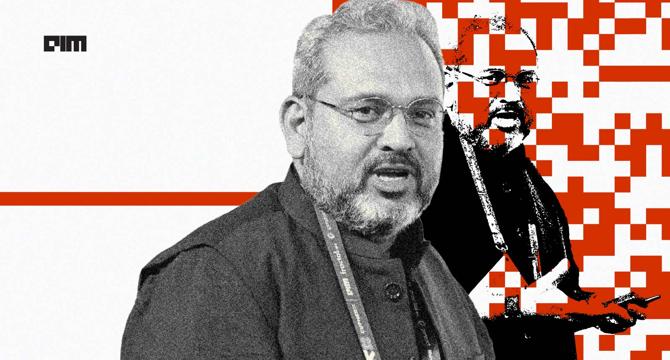Analyticsindiamag
1M
421

Image Credit: Analyticsindiamag
What is Nikhil Malhotra’s Dream AI?
- Nikhil Malhotra, the global head of Makers Lab at Tech Mahindra, coined the idea of ‘Dream AI’.
- Dream AI is an architecture combining symbolic AI with deep reinforcement learning, marking a shift from conventional models and addressing fundamental limitations of today’s AI.
- Dream AI builds on a neurosymbolic architecture, drawing from two foundational schools in AI—connectionist (or deep learning) and symbolic (logic and symbols).
- Dream AI aspires to create agents that “dream” by simulating environments and learning with a nuanced understanding of the context, instead of relying on vast datasets alone.
- Reinforcement learning (RL) serves as a bridge between symbolic world models built through simulation engines like the NVIDIA Omniverse and actions guided by deep neural networks.
- Dream AI aims to reduce the training burden on AI systems by using symbolic structures to “dream” or simulate scenarios effectively minimising repetitive data input.
- The integration of symbolic reasoning with deep learning enables a level of adaptability and contextual awareness often missing in autoregressive models.
- Traditional systems are confined to specific tasks, lacking a broader understanding of real-world contexts. Dream AI, however, allows agents to simulate world views, thereby aligning their actions with physical and logical principles.
- By reducing reliance on extensive real-world data, Dream AI makes training both more efficient and scalable.
- Dream AI is a powerful solution for dynamic, complex environments, enabling agents to learn contextually rather than reactively.
Read Full Article
25 Likes
For uninterrupted reading, download the app